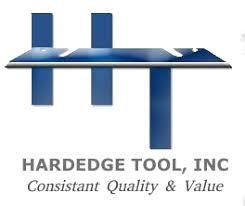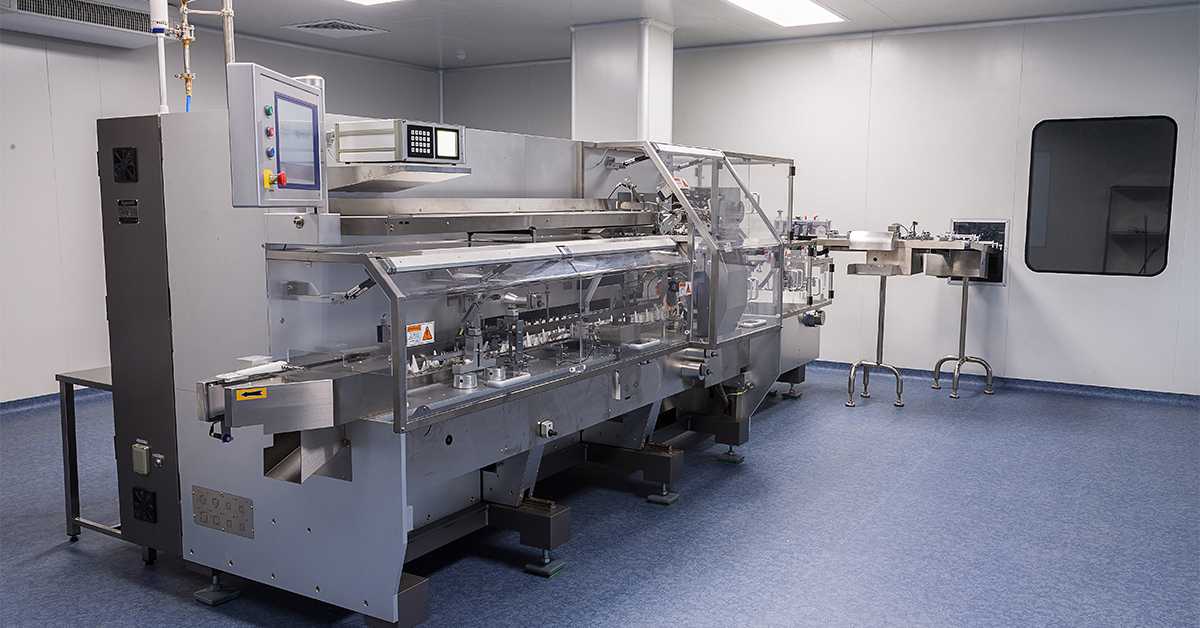Here are a few things that you might consider:
What is the minimum slit width?
The general rule is that if the slit widths are greater than 1” (25mm), a center-wind slitter rewinder is recommended. If the slit widths are less than 1”, a center-surface slitter rewinder is a better fit for the application.
With wider slit widths, the materials are more stable, making the center-winder a great choice with its simple design, good ergonomics and cost effectiveness.
At narrower slit widths, the slit material is more vulnerable to effects such as flutter and caliper variation which impact finished roll quality, especially at larger rewind diameters. The center-surface machine provides the most support from the slitting section to the rewind, minimizing these negative effects and ensuring good quality results.
What is the maximum finished roll diameter and weight?
The maximum roll diameter and weight will, again, help determine if the slitter should be center-wind or center-surface wind.
For roll diameters under 32” (800mm) a center-winder is generally an excellent choice. At 40” (1000mm) diameter, some machine manufacturers may offer both, depending on the application. Above 40” maximum rewind diameter, a center-surface slitter would be the better choice.
Most manufacturers have a maximum rewind diameter of either 32” (800mm) or 40” (1000mm) for their duplex center-wind slitters. This is due to a combination of tension control, weight of the finished rolls on the shafts and the overall ergonomics.
What type of slitting is best for the material?
The 3 most common types of slitting are:
- Shear: A male and female rotary knife
- Razor: A razor blade that cuts “in-air” or “in-groove”
- Score/Crush: A rotary blade pressed into a hardened anvil roller
Each has their benefits, and its important to understand which type works best for the materials. If the material mix is quite broad, consider having more than one slitting type. Many machines will have at least two. For instance, if the machine is to slit an adhesive laminate and a thin film, the machine should likely have shear and razor for the laminate and the film, respectively.
There are still several additional questions that will need to be answered when determining the right machine, but these three main questions are an excellent starting place to help narrow the project scope.
Contact Hardedge Tool – Your single source for Industrial Razor Blades, Converting Blades and Film Slitting Blades

